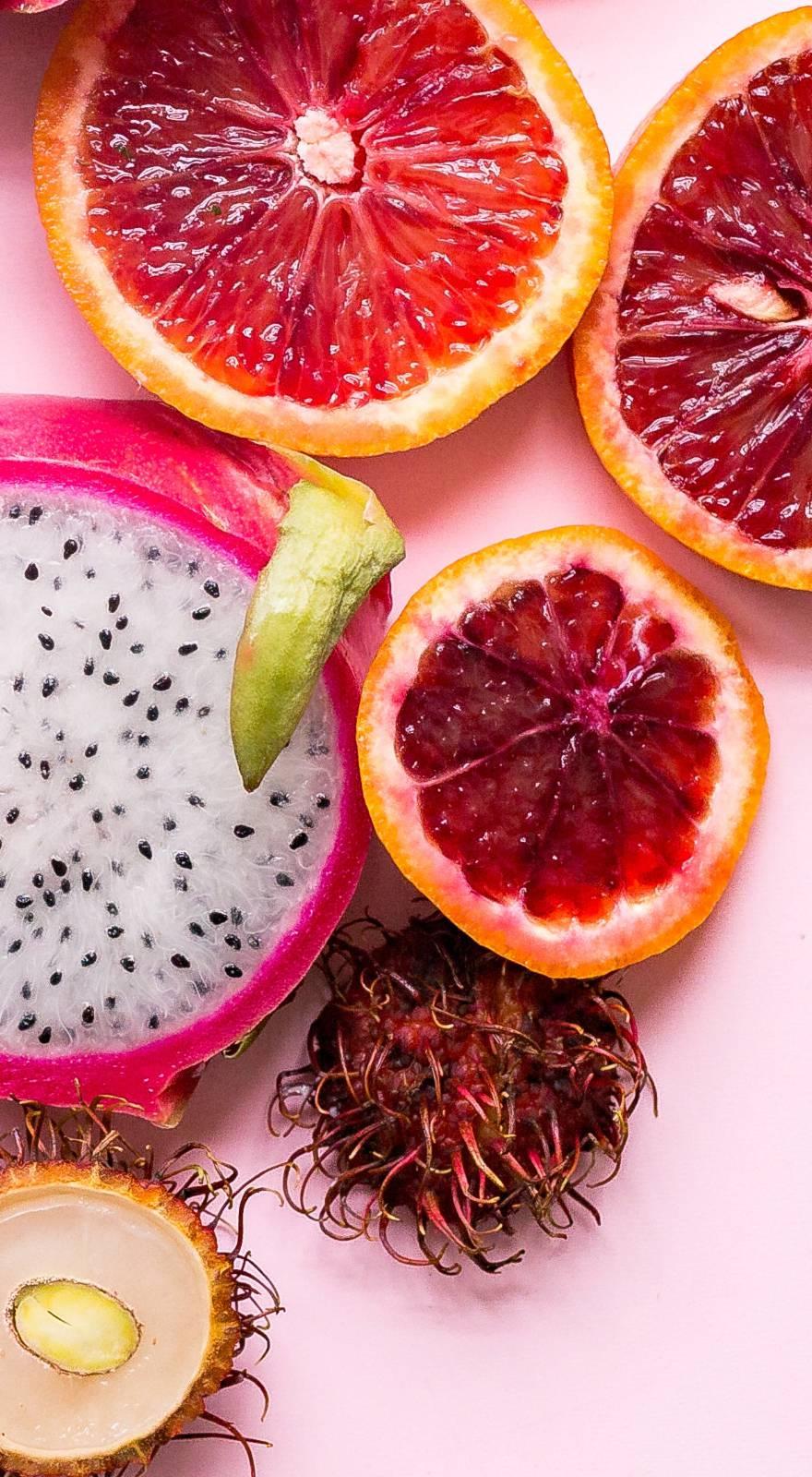Knowde Enhanced TDS
Identification & Functionality
- Ingredient Name
- Food Ingredients Functions
- CAS No.
- 64-17-5
- Ingredients
- Ethyl Alcohol
- EC No.
- 200-578-6
- Technologies
Features & Benefits
- Labeling Claims
- Food Ingredients Features
Applications & Uses
- Markets
- Applications
- Food & Nutrition Applications
Properties
- Typical Properties
| Value | Units | Test Method / Conditions | |
| Molecular Mass | 46.07 | g/mol | - |
| Boiling Point | 78.0 | °C | - |
| Relative density | 0.805 - 0.812 | % v/v | - |
| Melting Point | -114.3 | °C | - |
Regulatory & Compliance
- Certifications & Compliance
- HACCP
Our Company applies the HACCP self-control system to guarantee our products (food additives) comply with the law and with contract specifications and prevent hygienic and health hazards, safeguarding public health.
- Declarations
- In the formulation of Ethanol, there are no Allergens listed in Annex II to European Regulation 1169/2011, neither by adding nor due to cross-contamination.
- In accordance with the European Regulation 1881/2006, there are no Aflatoxins, Dioxins, Polycyclic Aromatic Hydrocarbons. There are not even any Pesticides, in accordance with the European Regulation 396/2005.
- Ethanol and raw materials used for its production do not contain and do not come from Genetically Modified Organisms.
- Ethanol does not contain, is not produced and does not come into contact with substances of animal origin.
- The product is suitable for consumption by vegans and vegetarians.
Technical Details & Test Data
- Synoptic table and inside specifications
Ethanol Reg. (EC) 110/2208 / Inside specification Assay 96% vol Acidity or alcalinity 1.5 g of acetic acid / hL of ethanol 100% vol Ethers 1.3 g of ethyl acetate / hL of ethanol 100% vol Aldehydes 0.5 g of acetaldehyde / hL of ethanol 100% vol Superior alcohols 0.5 g of 2-methyl-1-propanl / hL of ethanol 100% vol Methanol 30 g / hL of ethanol 100% vol Residue on evaporation 1.5 g / hL of ethanol 100% vol Nitrogenous bases 0.1 g of nitrogen / hL of ethanol 100% vol Furfurol n.r.
Packaging & Availability
- Packaging Type
- Packaging
The final product can bedelivered to the end customer via two transport methods. Thus, there are two different packing methods: by IBC or by tank trucks, both designated for the transport of food products and ADR.
Storage & Handling
- Recommended storage conditions
Store in a cool, dry, ventilated area. Protect against physical damage. Isolate from any source of heat or ignition. Superimposing unallowed.

